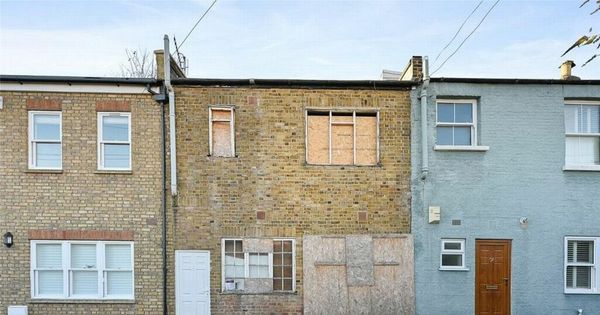In the Fryers Forest, around 50 kilometres south of Bendigo, one group of residents isn't feeling the rising cost of living as hard as most.
Hamish MacCallum is one of 30 people who live in a rural ecovillage, nestled in the forest in Fryerstown.
Standing in the kitchen of the house he built himself, he proudly explains the kitchen bench was a cypress tree that fell on a local farmer's property during last year's storms.
"[It's about] taking a waste product, a fallen down tree, and turning it into something beautiful," he says.
"The whole kitchen is recycled.
"All the cupboards and drawers, everything came from other kitchens that had been pulled out."
There's no heater inside, with the firewood stove in the kitchen emitting more than enough heat to warm the house.
"That's only been running now for about half an hour," Mr MacCallum says at 10am.
"It's generating our hot water and providing us with an oven and a stovetop for cooking on as well."
Mr MacCallum estimates his power bills are a third of the price of the average family's electricity bills.
"I'm spending $150 on electricity for three months for the two households," he says.
"It's $100 a year for the gas bill."
The bushfire management consultant and landscape designer put a huge amount of thought into designing and creating the house, with insulation and solar passive design a main priority.
"With a solar passive design, it's using the sun to heat or cool the house by including or excluding it at particular times of year," he says.
Timber from surrounding forest
Mr MacCallum has become an expert at reusing and recycling.
The house is made from 50 per cent recycled and reused materials, most of which were locally sourced.
On the verandah, two pieces of wooden 'bush poles' were once trees on this block of land.
Other pieces of wood were collected and stored from unexpected places.
"A lot of the timber came from a timber furniture maker who decided to give up his profession and sell it all on," he says.
In the Fryers Forest eco-village, residents do forestry work, harvesting timber from the forest around them.
"Our expense is the time we spend collecting the wood from the forest, when we've done some tree thinning," Mr MacCallum says.
"Always when we're doing forestry, we get the highest value out of the timber as possible.
"Each season, we cut enough to provide the whole village with enough firewood to last them a season.
"The firewood [for the stove] is just a good solid day's labour and a few days of forestry [work]."
Mr MacCallum refers to the concrete floor as a 'thermal mass' which holds the heat and keeps the house warm in winter and cool during summer.
In the middle of the house, a mud brick wall has the same function.
"It stores the cool over the summer and the heat over the winter and then releases it back into the household so you can wake up in the morning without any heating and the house will still be warm," he says.
"The eaves that overhang the north side of the house, where most of the windows are, stop the sun coming into the house."
Sharing food eliminates waste
Mr MacCallum's family shares the house with another family, with two separate living quarters under the one roof.
Their efforts to live sustainably, with as little waste as possible, mean sharing a bathroom, laundry and food.
"A part of our strategy is to buy in bulk foods and to store in a big freezer," he says.
"I might go hunting and harvest a lot of meat and then store the meat, the fat and the bones … make bone broth or render the fat down into lard or tallow and use that for cooking."
He's also committed to growing his own fruit and vegetables.
"80 per cent of our fruit and veg can come from [the garden] here," he says.
But recently Mr MacCallum has been sourcing more of his produce from his local market, rather than his own garden.
"I help him [the seller] pack up and we get to take home a whole heap of fruit and vegetables," he says.
"Sometimes that means that I've got to spend hours preserving or storing that produce.
"[Sometimes] that's a few months' worth of passata bottled and stored in an afternoon."
Built to withstand bushfire
Mr MacCallum has spent years teaching others how to retrofit their houses for bushfire safety, so it was always going to be front of mind in designing and building his own eco-friendly house.
"I wanted to demonstrate how landscapes can reduce bushfire risk and be productive at the same time and beautiful at the same time as well," he says.
Everything in his yard was planted for bushfire mitigation.
Fruit trees border his backyard, providing a heat shield against the fire front.
"The fruit tree hedge, also protected by the stone wall from radiant heat, acts as a heat and ember filter, as well as wind protection for the fruit and vegetable garden," he says.
It may have taken years to build, and countless tutorials and tradesmen to help him learn new skills, but Mr MacCallum was never going to shy away from the challenge of living as sustainably and efficiently as possible.
"I wanted to take a piece of degraded land and turn it back into something beautiful and productive," he says.










